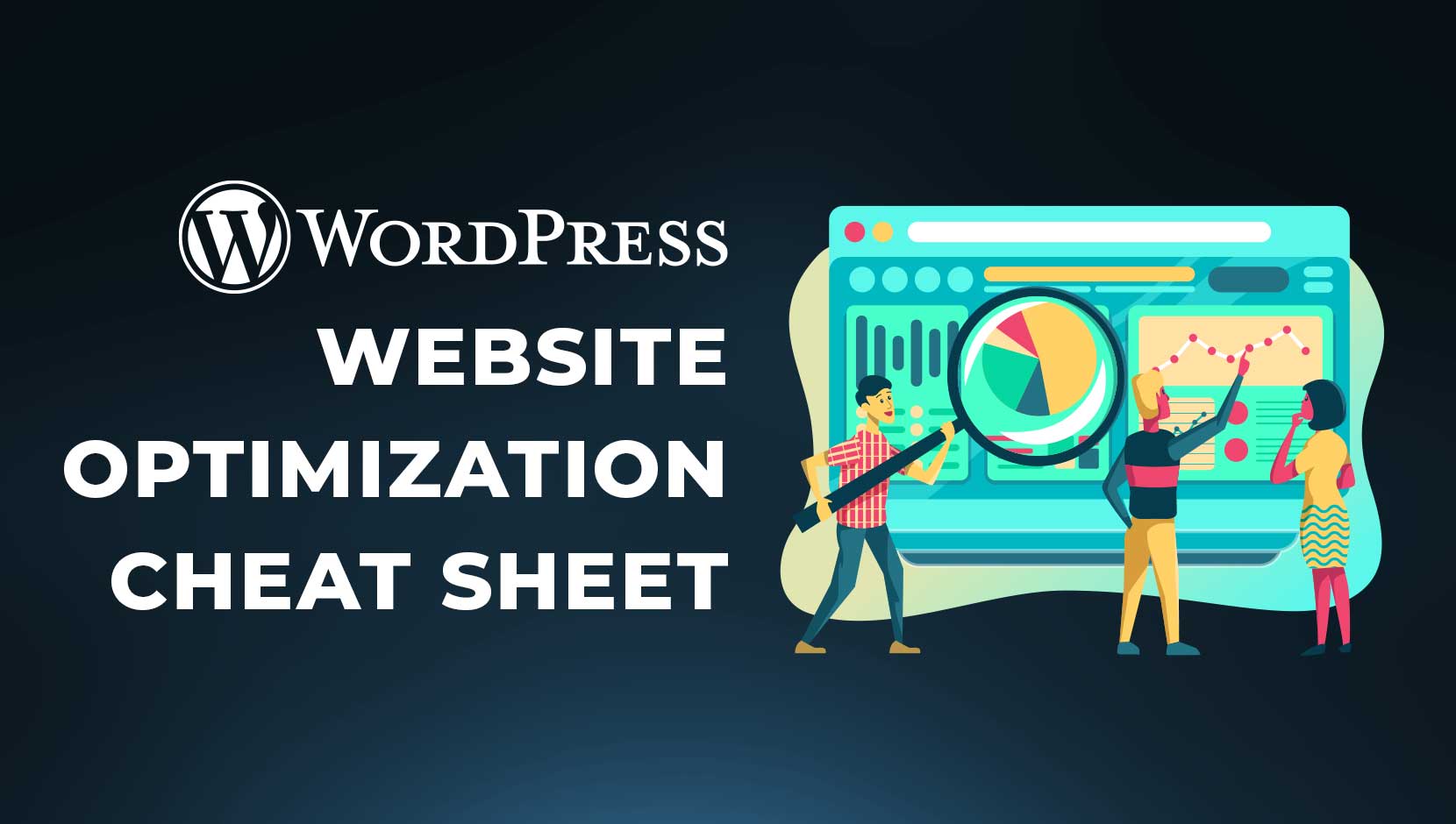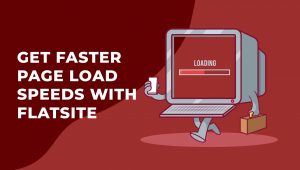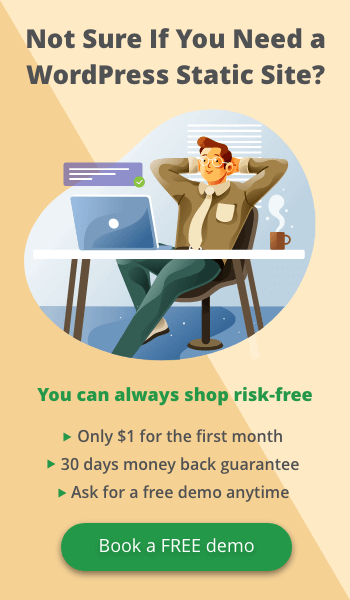A high conversion rate is the ultimate goal of every website owner as this is what really shows that you are connecting with your visitors. While high conversion rates begin with high click-through rates, what happens after clicking is really where the magic happens. Website optimization is what you do to your website that causes your visitors to stay and make that coveted purchase. Put simply, it is doing everything to ensure your website does what you want it to.
There are many elements involved in website optimization, such as speed, security, and search engine results rankings. Today, we provide you with the ultimate cheat sheet aimed at giving you the upper hand in 2020 and beyond. But before you do anything, remember three things:
- Major changes are to be preceded by full backups of your site.
- Each website is different, so requires different things: optimize with your needs in mind.
- Perform tests before making any changes to establish a reference point for comparisons after changes have been made.
In no particular order, let’s jump right in.
Consider Starting Website Optimization by Going Static
The average Internet user will abandon a page if it doesn’t fully load within three seconds. Static or flat websites dominate the speed game, because they store each webpage exactly as it is to be viewed. This means less time is spent creating the webpage upon demand from databases. But don’t think that you have to abandon everyone’s favorite CMS, WordPress. Both individual developers and agencies can benefit from WordPress features but still produce a flat website with a flat site generator. Headless technology allows this to happen, and provides many more benefits, such as a bump in search engine results page (SERP) rankings as faster sites are prioritized.
Responsive Website Optimization
Believe it or not, 70% of your potential customers use smartphones. Whether these persons convert into customers depend on how fast and responsive your website is. A two-second reduction in load time can see a dramatic 50% reduction in conversion rate. That is not how an optimized website performs. Ensuring your website loads according to the accessing device may no longer play a factor in SERPs, but as you can see, it does matter.
One way of checking your site’s responsiveness is to visit your own website. Do not use the powerful computer and other equipment you own when doing so. Use your friend’s or neighbor’s smartphone or laptop. See how the page loads, where things are, the length of time, and other relevant aspects. If you become frustrated, then so will your visitors.
Optimize your Images
To prevent the loss of the previously mentioned two seconds, optimize your images, preferably before they are uploaded. Some photo editing software will allow you to save for the Internet. Website optimization can also be had through lazy loading your images. Lazy loading allows you to load images only as they are needed; that is, the page senses that a visitor is approaching an image and only then makes the image visible. This saves time as not everything is loaded at once.
When optimizing your images, aim for lossless compression as this guarantees that more of the quality of the picture will be retained though the image has been reduced in size.
Plugins, Themes and Software Can Help with Website Optimization
There are some basic things you can do in this regard:
- Use only the latest version of themes, plugins and software
- Delete plugins and themes that you do haven’t used recently or may never use again
There are less obvious things that we should also be doing, such as using:
- Themes optimized for speed, which sometimes mean less flashy themes since they have less dynamics to load
- Plugins that provide just the service you require, meaning calls to external servers are minimal as well as other extraneous operations
Remember, it is not the number of plugins that you have installed that matters, but the quality of the plugins. Poorly coded plugins can make your website bulky which slows down its performance. Research plugins before installing them, and as was said at the beginning, by running comparisons, you will be able to know quite easily what is causing the change in your website’s performance.
Security Plays a Role in Website Optimization
Helping your customers feel secure while using your website should be one of your top priorities. The easiest way some developers do this is by using SSL certificates, but there are other measures you can take to ensure your website is a safe space for your users. Some of these include:
- Using strong security passwords. This cannot be overstated. Most software and applications are now including password generators to help you create strong passwords, or judging self-generated passwords for strength.
- Ensuring that you are using the latest version of everything, including your operating system. Sometimes the latest updates include security patches for previously identified security bugs. This becomes even more important when you consider just how many pieces of software use open source code. Where possible, set your equipment to automatically update.
- Avoiding nulled themes and plugins! Nulled themes and plugins pose a security risk because they are knockoffs, hacked versions or otherwise modified versions of premium themes and plugins. They usually contain harmful codes and lack updates and other support.
Website Optimize your Web Host
What you may not have given any thought to is your web host. There are several ways in which having a safe, reliable, efficient and modern web host with fast servers and knowledgeable customer support can help with website optimization.
Conclusion
Website optimization should be given priority, and is an ongoing process. It doesn’t have to be complicated or expensive if you carry out research. And remember, your process will not be the same as others, so keep your individual needs in mind.







